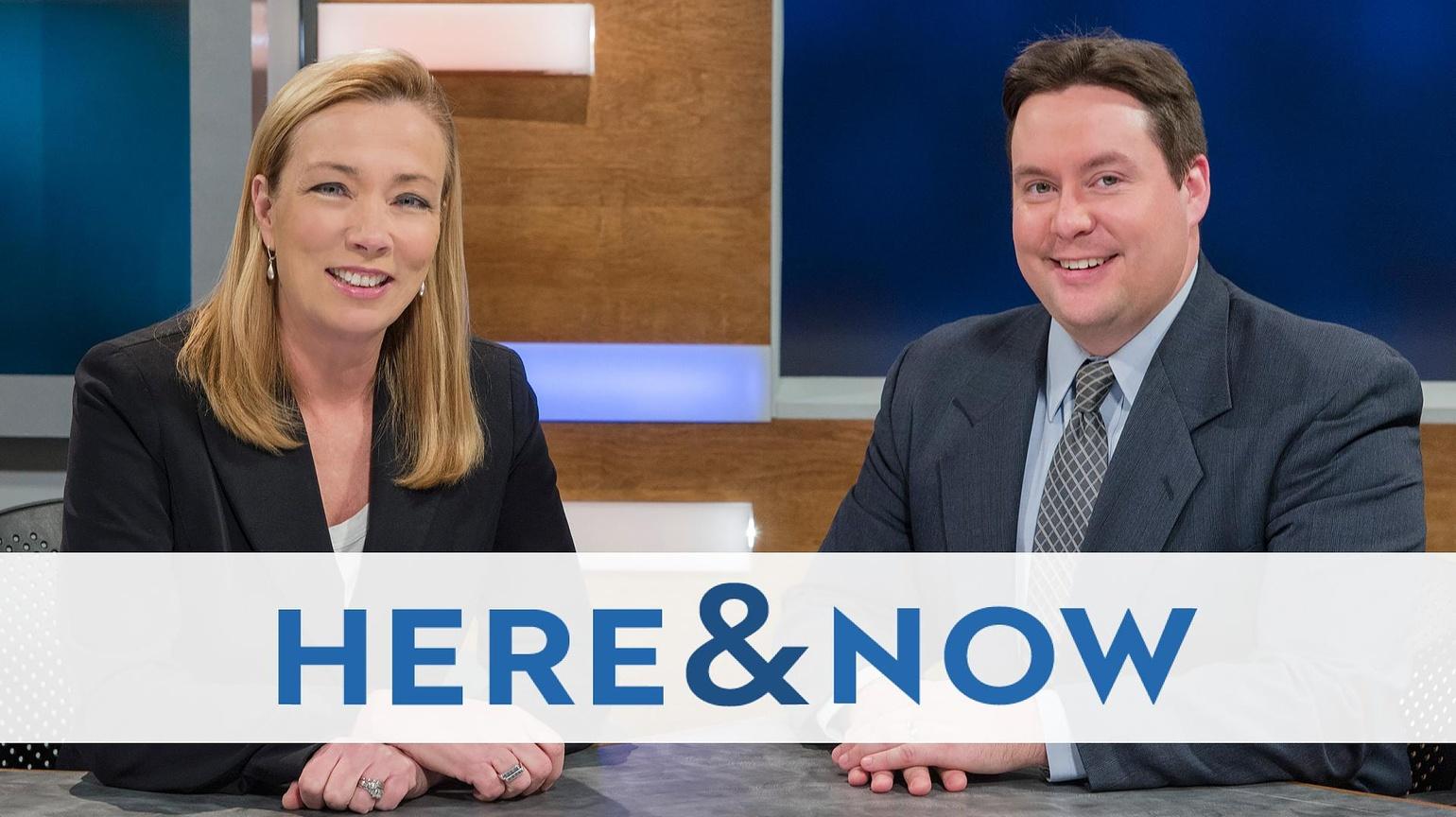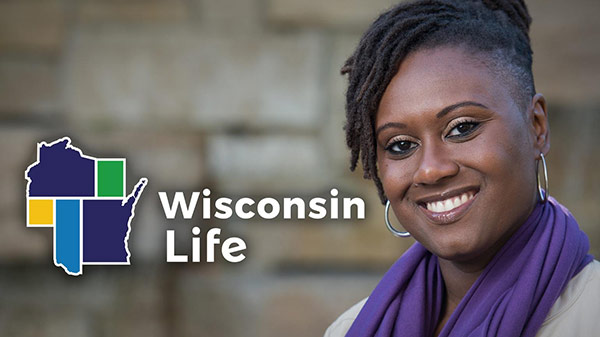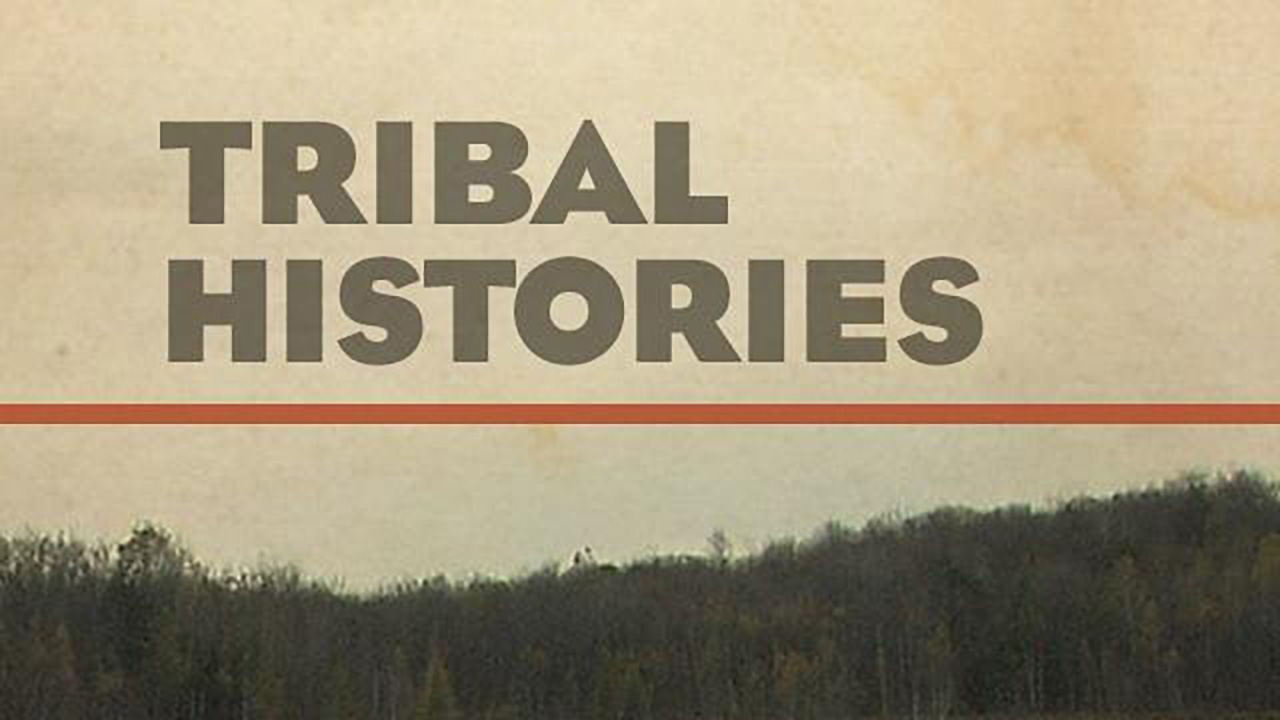Frederica Freyberg:
In state education news, with the start of the new academic year, estimates show freshman enrollment is up at Universities of Wisconsin schools this fall. That’s after six branch campuses closed or stopped in-person classes in the last three years. According to the UW, new student enrollment is up a total of 3%, with eight campuses seeing increases at or above 5%. Overall enrollment at the UW stands at more than 164,000 students. System President Jay Rothman says the new Direct Admit program is attracting new students. Under the program, qualified high school juniors get direct admission based on grades and coursework. UW-Madison, Eau Claire and La Crosse do not participate. But Wisconsin high school applicants ranking in the top 5% are guaranteed admission to UW-Madison under a different program. UW-Madison Professor of Education Taylor Odle conducts national research on direct admission programs. He joins us now. Thanks for being here.
Taylor Odle:
Thanks so much for the invitation.
Frederica Freyberg:
So what is it like to see your research in action like this?
Taylor Odle:
I think that’s every researcher’s dream. We work a lot. We work with a lot of data, talk to a lot of policymakers. And the ultimate goal at the end of the day is that what we do matters. And that’s also true of the Wisconsin Idea that we care about here at UW-Madison, that the scholarship and the insights that we produce actually make their hands into or make their way into the hands of policymakers and into the lives of people who live across the state.
Frederica Freyberg:
So, as we said, Jay Rothman says our Direct Admit program is driving new enrollment. Why do these programs work?
Taylor Odle:
They work because we make it easier for people to take us up on our offers of admission. The pathway to getting into college, and this doesn’t have anything to do with eliminating or reducing standards of admission. It has to do with simplifying the pathway. And so we know that students and families have to navigate a lot of complex red tape: applying, sending transcripts, taking tests, getting letters of rec, etc. etc. And so if we implement programs like Direct Admissions that cut their way through that red tape and say, “Hey, we know that you’re admissible. Tell us when you want to come to campus because we want you to be here.” Surprisingly, more people show up on campus when we make it easier for them to do so.
Frederica Freyberg:
And yet, not all people who get that letter that say you’ve been directly admitted to, you know, one of these schools across the state enroll. Why wouldn’t they?
Taylor Odle:
That’s a great question. There are myriad reasons of why people choose to go to college, and also why they choose not to go to college. And so getting admitted, getting that letter, getting excited is one piece of the puzzle. But we also know there are other things that impact whether or not people come to college, principally whether or not they can afford it. But also there are a variety of other factors. You may be a single parent. You may also be working while learning and supporting your parents, doing some other engagement with the community as well. And so it’s just one piece of the puzzle, but it seems like that piece has been important for getting more students to show up on campus.
Frederica Freyberg:
A similar program that you developed in Tennessee also has a personalized financial aid estimate feature attached to it. How important a piece is that for students and families, that piece in Tennessee?
Taylor Odle:
We think it’s critical because it changes the message from “there’s a spot for you on campus” to “there’s a spot for you on campus, and there are resources to help you afford it.” So it pushes people further down the college-going pathway by letting them know what their options are for where they can go, but also what their options are for how they can pay for it. Students and families often face this kind of big, amorphous number of how much does it really cost? And they have to complete things like the FAFSA and hear from their campus about how much it’s going to cost at the end of the day. And so if we can provide a little bit more of that information up front, we hope that it helps kind of create a snowball effect, if you will. They’re more likely to file that FAFSA, more likely to engage with the campus so they have a better choice set.
Frederica Freyberg:
Is that something that could attach to the Wisconsin program as well?
Taylor Odle:
Absolutely, yes. So we’re actually using information that already exists on these students, such as their GPA. Much like Direct Admit Wisconsin and the guarantee does here to know whether or not students would be eligible for merit-based financial aid. Some other states, like the state of Washington, are actually using K-12 records on free and reduced-price lunch, and also students’ participation in SNAP and TANF and other things to actually pre-award them need-based financial aid. So there’s some bubbling of this across the country and we’d love to see it in Wisconsin for sure.
Frederica Freyberg:
So we know that declining enrollments have been a concern for UW schools for decades. How meaningful can Direct Admit programs be toward pulling as many new students in, even as demographics work against that?
Taylor Odle:
They can be critical because, as you mentioned, demographics are also changing. And so the student who shows up on campus today isn’t necessarily — doesn’t necessarily look like the student who showed up on campus 30 years ago. Many students who are showing up, whether they’re students who weren’t originally born in the US or students of color, students from very rural backgrounds, students from low income families, those students face a lot of barriers in navigating that college application process and so Direct Admissions in many ways is designed for them. It eliminates those barriers completely and says, “Hey, you’ve done a really great job academically. There is a place for you on campus.” And I think this is why, and I’m happy to see this system attributing a lot of these enrollment increases to Direct Admission programs like this, because they’re kind of common sense, I think, all around.
Frederica Freyberg:
So Jay Rothman also notes that the new enrollment numbers show there are significant declines in international students, as we would have expected, up to 15% nationwide. I don’t know where we square with that right at this moment, but what kind of loss is that to campus communities?
Taylor Odle:
It’s a large loss, right? So in the student interpersonal aspect of not being engaged or not being exposed to students of varying cultural or ethnic or religious backgrounds, which is a hallmark, I think, of the college experience. It’s also critically important for our institutions. We are facing lagging and slow support from the state. We’re facing reductions from the federal government in funds for research dollars. And now students, particular international students, pay out of state tuition. And so we’re in a particularly hard place. And so losing this population not only has an academic loss for campuses, but a financial one as well.
Frederica Freyberg:
We leave it there. UW-Madison Professor Taylor Odle, thanks very much.
Taylor Odle
Thanks.
Search Episodes

Donate to sign up. Activate and sign in to Passport. It's that easy to help PBS Wisconsin serve your community through media that educates, inspires, and entertains.
Make your membership gift today
Only for new users: Activate Passport using your code or email address
Already a member?
Look up my account
Need some help? Go to FAQ or visit PBS Passport Help
Need help accessing PBS Wisconsin anywhere?

Online Access | Platform & Device Access | Cable or Satellite Access | Over-The-Air Access
Visit Access Guide
Need help accessing PBS Wisconsin anywhere?

Visit Our
Live TV Access Guide
Online AccessPlatform & Device Access
Cable or Satellite Access
Over-The-Air Access
Visit Access Guide
 Passport
Passport






Follow Us